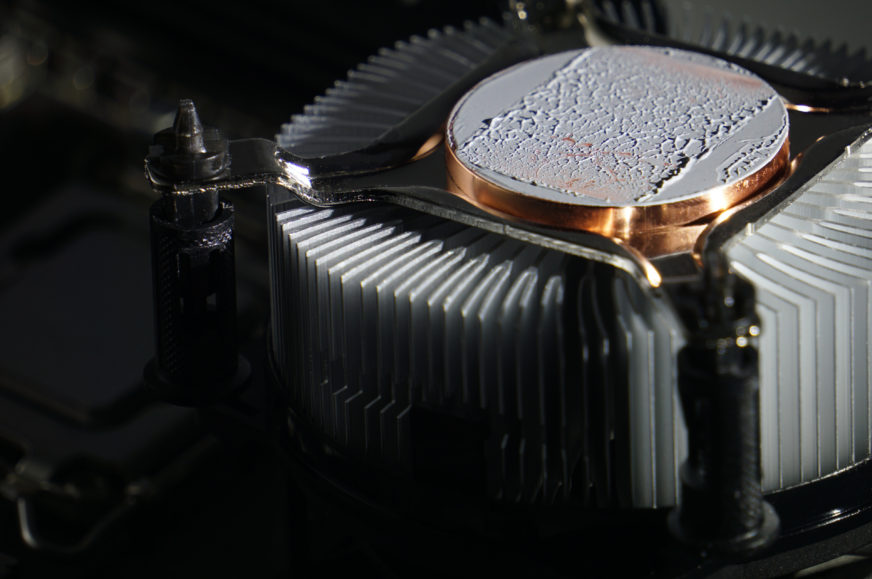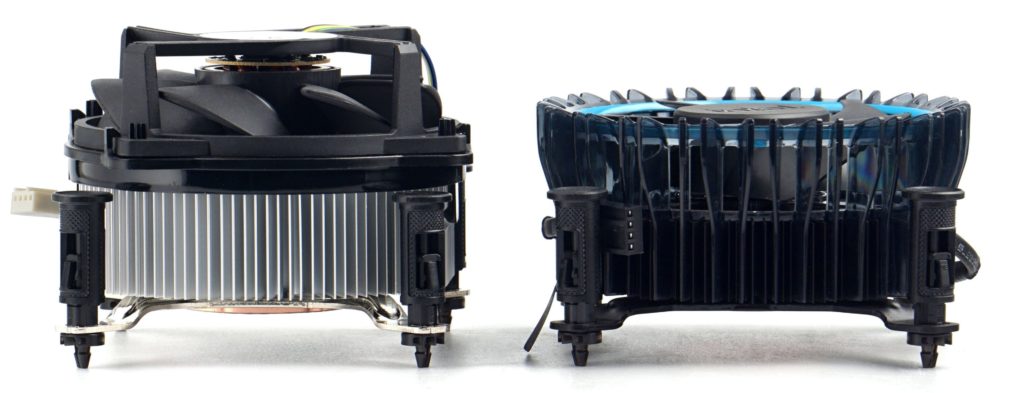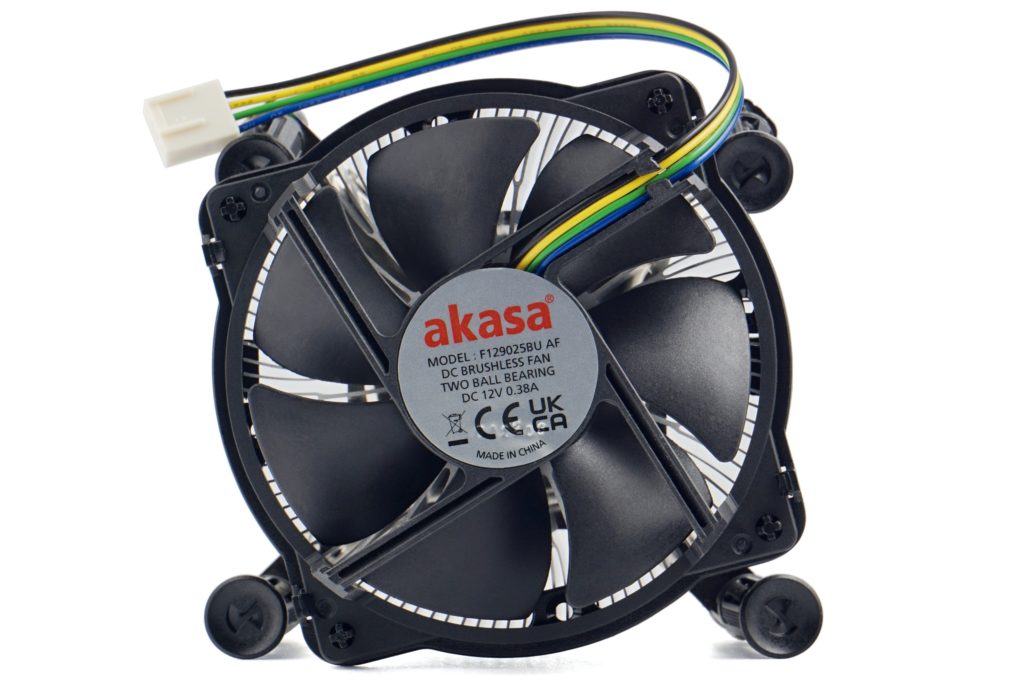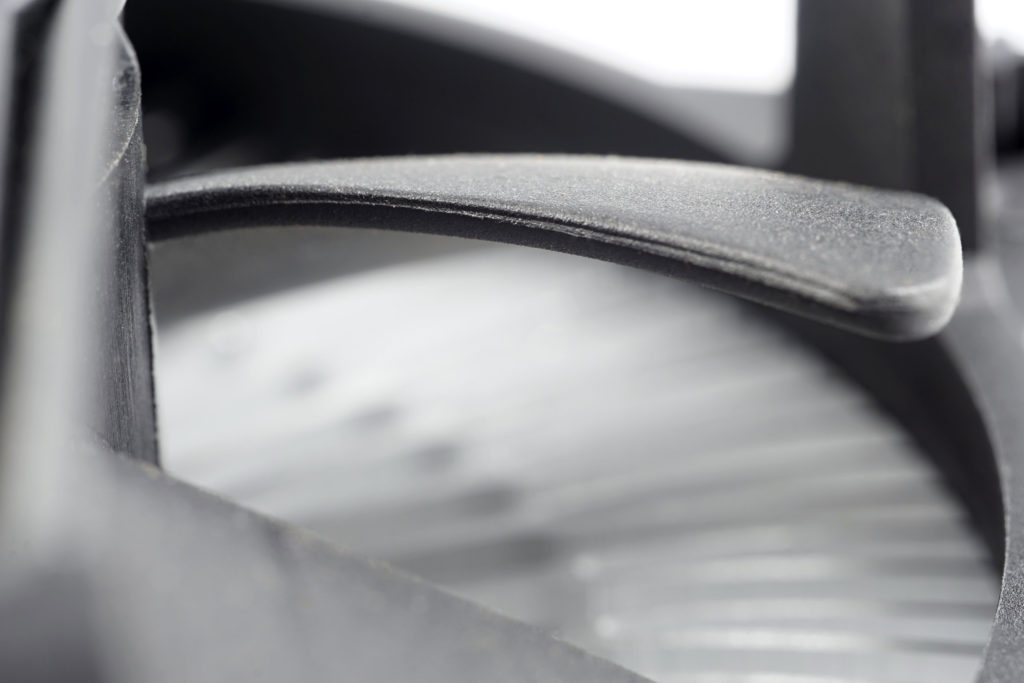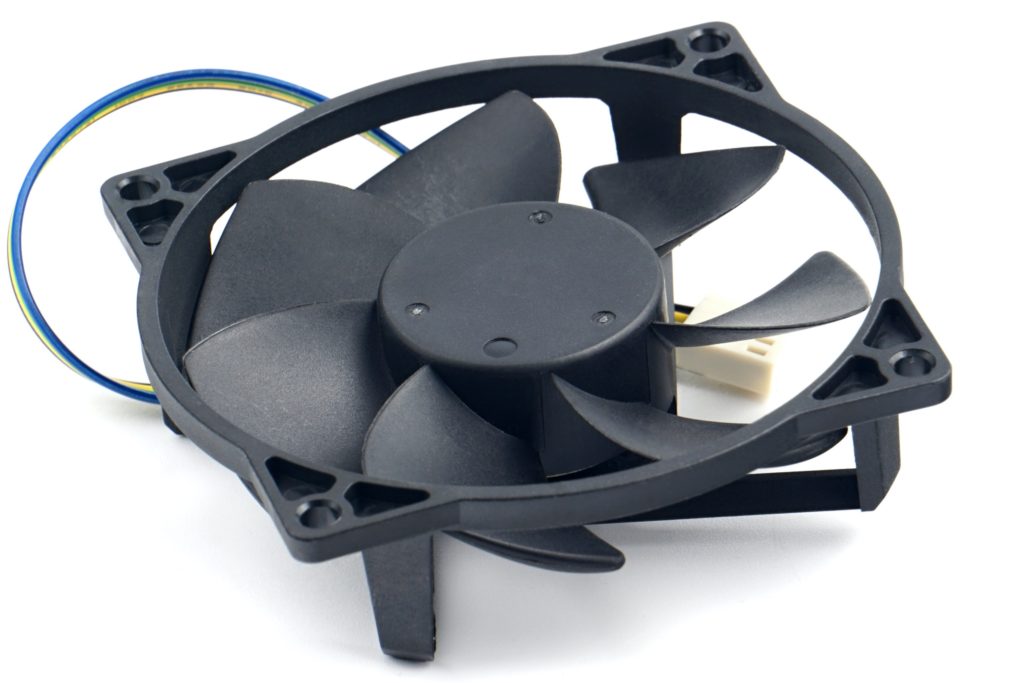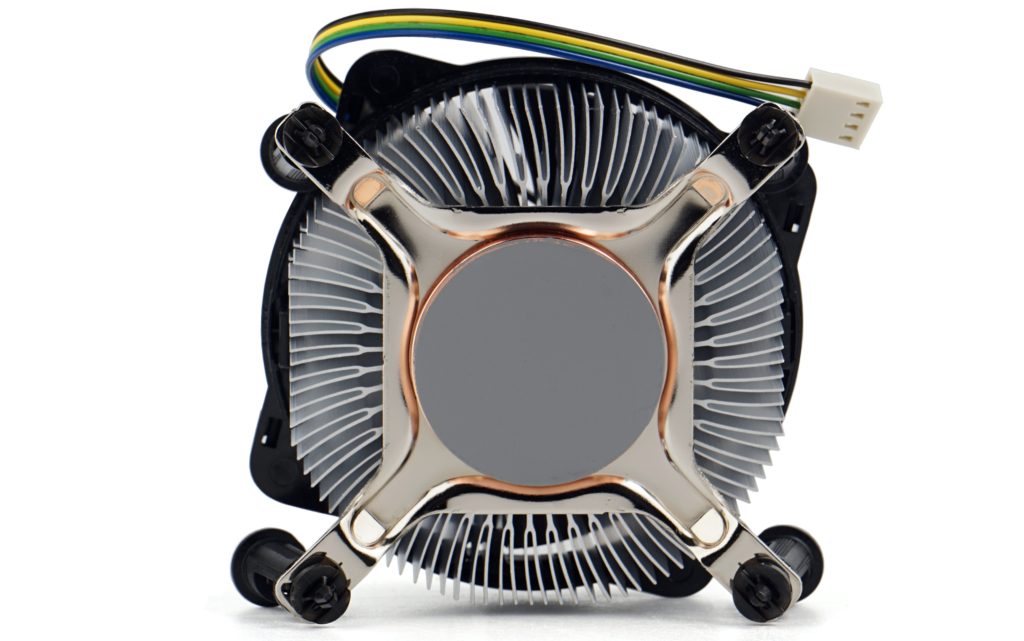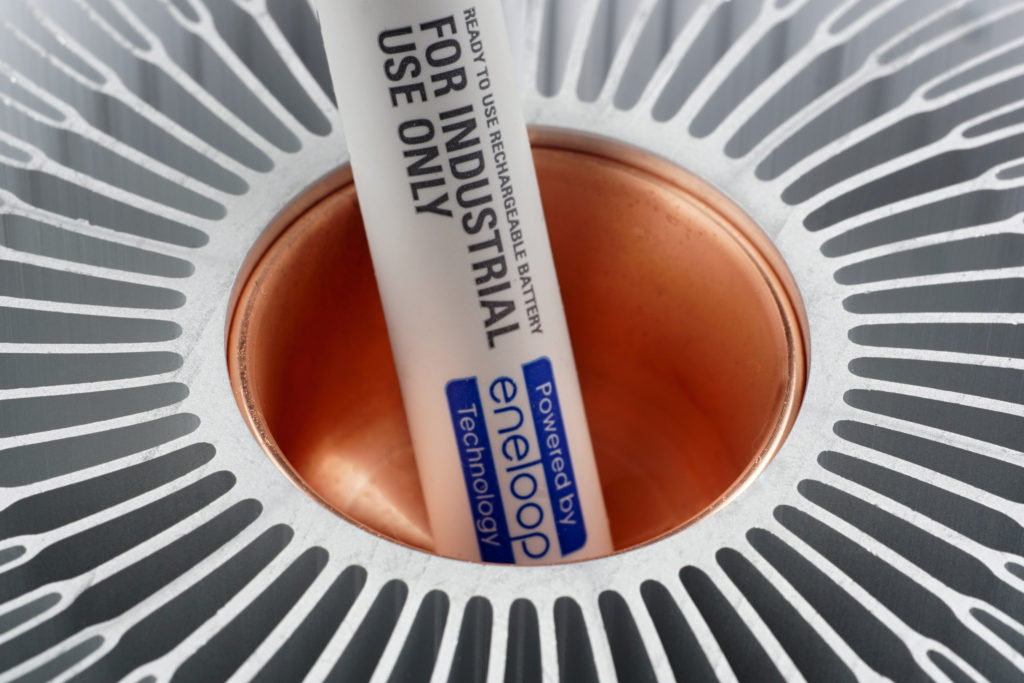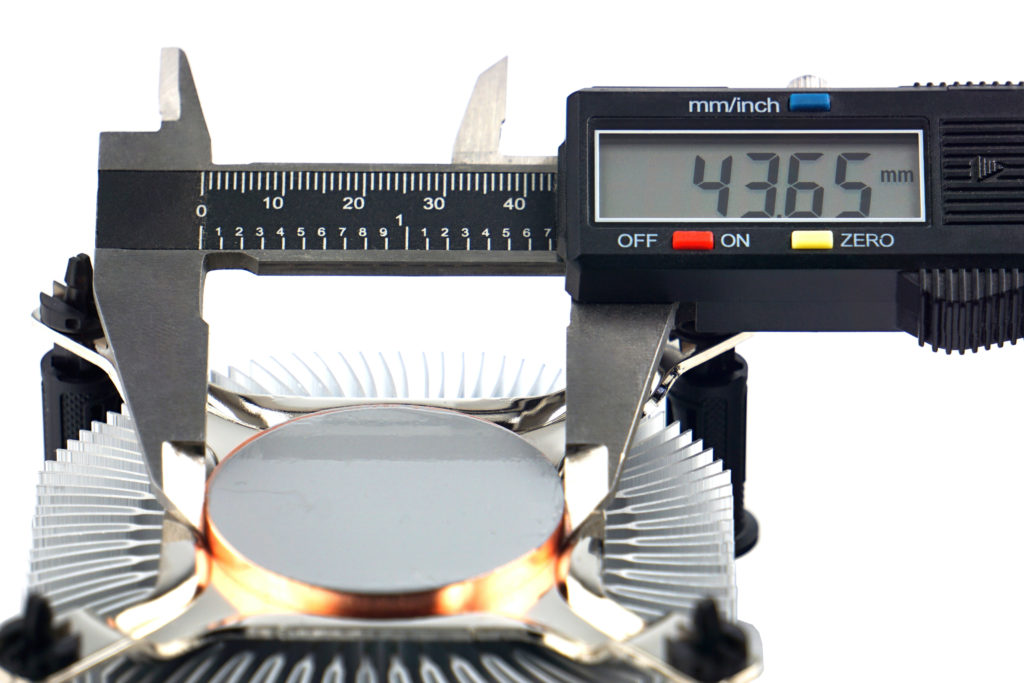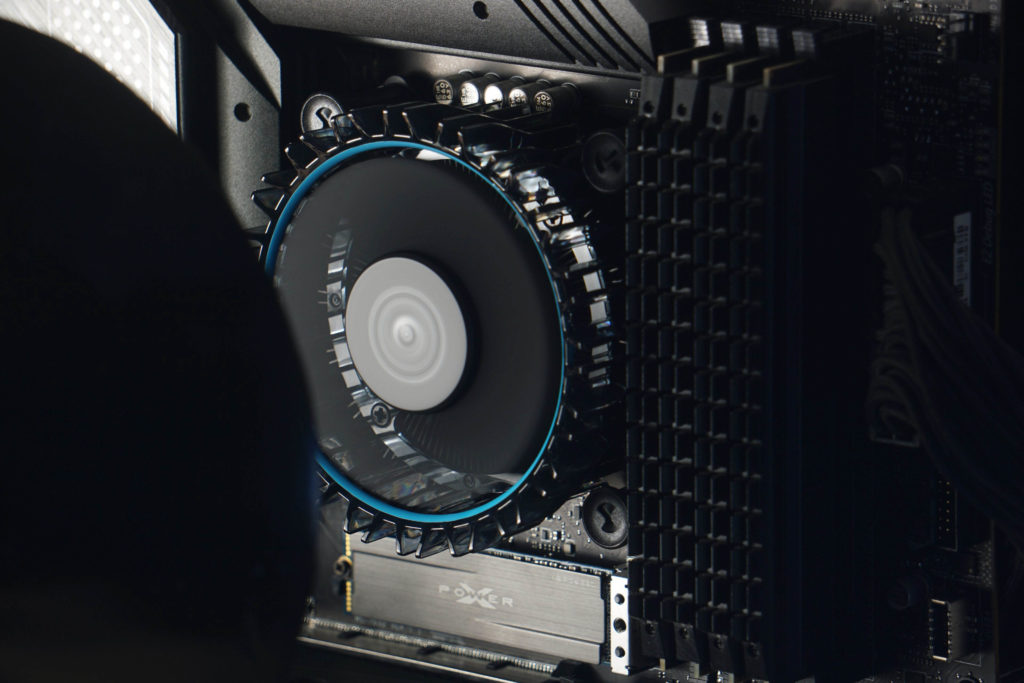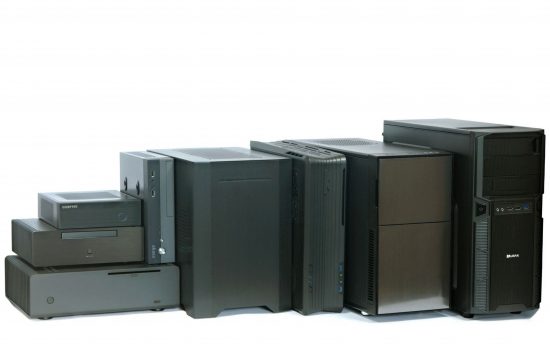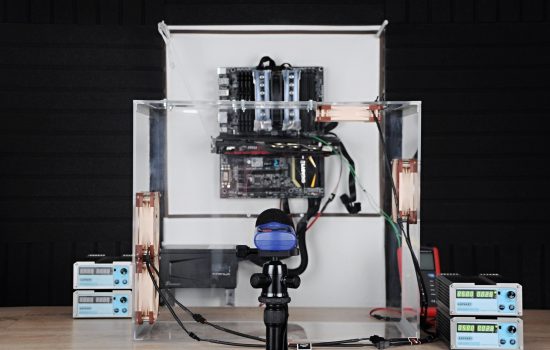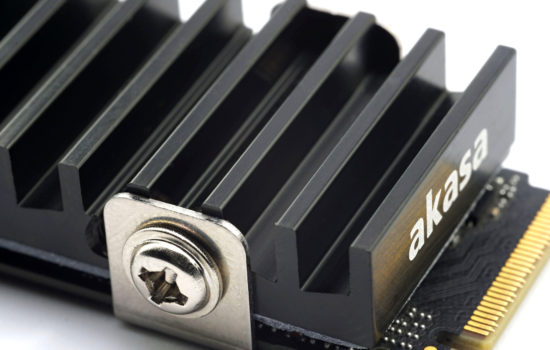Akasa AK-CC6606BP01 in detail
The database of results of inexpensive low-profile CPU coolers is slowly growing. We tested the largest of the top-flow models from Akasa on the Intel LGA 1700 platform.Given the claimed TDP of 125 W, it looks like this might not only be a replacement for the Laminar RM1 and RS1 that come with more economical processors, but also a solution for open multiplier models that don’t come with a cooler.
A simple cooler with complicated designation. The Akasa AK-CC6606BP01 is from a similar category to the previously tested Laminar coolers (RM1 and RS1), the Arctic Alpine 17 CO or the Akasa AK-CC6603EP01. The AK-CC6606BP01, which we will analyze in detail in this article, promises the highest cooling performance.
Akasa AK-CC6606BP01 in detail
The design is reminiscent of Intel’s coolers from the old Core i7-2700K (Sandy Bridge) and 3770K (Ivy Bridge) packages. After these generations, only coolers with significantly lower heatsinks were produced. In this case though (on the Akasa AK-CC6606BP01) the heatsink is quite tall and together with the fan the Akasa cooler outgrows the Intel Laminar RM1 by 16 mm.
The 90 mm diameter axial fan has only a very low frame, on the bottom. Thus, it does not fulfill the function of a tunnel, which would increase the pressure of the rotor, very much. Considering that the lower Akasa model has a tunnel at rotor height, this is rather odd. What these fans have in common, however, is that they use a standardized hole spacing – 71.5 × 71.5 mm. This makes it relatively easy to replace the fan in the event of a failure with the 80 or 90 mm fans that are commonly sold.
Unlike the cheaper AK-CC6603EP01 (with a TDP of 77 W), this cooler doesn’t have a fan that makes a whirring noise and has more durable ball bearings.
The fins of the heatsink are arranged in a circle with a fork at the end (this is to achieve a larger contact area with the circulating air). Also circular is the large base, which is in contact with the entire surface area of the processors’ heat spreader, which is not usual (usually only the area above the silicon core is covered, and the corners of the IHS are already off-axis).
However, the cross-section of the copper core is smaller across the body and it is actually a core without a filler. Above the processor there is a roughly 10 mm layer, but the thickness of the side wall is already between 1–1.5 mm. Even so, the overall weight of the cooler is 19 % (412 g) higher compared to the Intel Laminar RM1 (with a full core across the height of the heatsink). But that’s mainly due to the larger volume of the aluminum fins.
Some more details you might be looking for answers to: the thermal paste is pre-applied to the base, the accessory does not include a second-use pouch. Installation is via push-pins, the screwdriver release locks have a handy hourglass-shaped pattern. The power cable is quite short (14 cm), but it always reaches the CPU_fan connector and at least the excess doesn’t dangle anywhere. The connector is 4-pin, with support for PWM control.
Methodology
The coolers are tested at maximum output and at lower speeds corresponding to fixed noise levels of 45, 42, 39, 36, 33 and 31 dBA. Noise levels are measured with a Reed R8080 noise meter (with a parabolic collar to increase sensitivity) at a distance of 15 centimetres from the sound source (fan).
Measurements are done traditionally in our wind tunnel, with two 500-rpm Noctua NF-S12A PWM fans at the intake and an equal number of these fans at the exhaust. The intake air temperature (21-21.1 °C) is constant, properly controlled throughout the testing. The tests run on an Intel Core i5-12400 with stepping H0 (i.e., a variant with the smaller core, which Core i3s, Pentiums, and Celerons also have). This, without power-limits (average CPU power draw is then around 93 W) and with PL2 limited to the TDP level (65 W). We simulate the load in Cinebench R23, the test motherboard is MSI MAG Z690 Tomahawk WiFi DDR4.In addition to CPU temperatures, we also pull the MOS and CPU socket sensor temperatures from the log into the graphs. So the results also show how the fan, in addition to the heatsink, also cools the surrounding area of the socket with components that heat up to critical values.
- Contents
- Akasa AK-CC6606BP01 in detail
- Results: Maximum performance
- Results: Higher performance (45 dBA)
- Results: Medium performance (42 dBA)
- Results: Lower noise level (39 dBA)
- Results: Low noise level (36 dBA)
- Results: Very low noise level (33 dBA)
- Results: Audibility threshold (31 dBA)
- Conclusion





